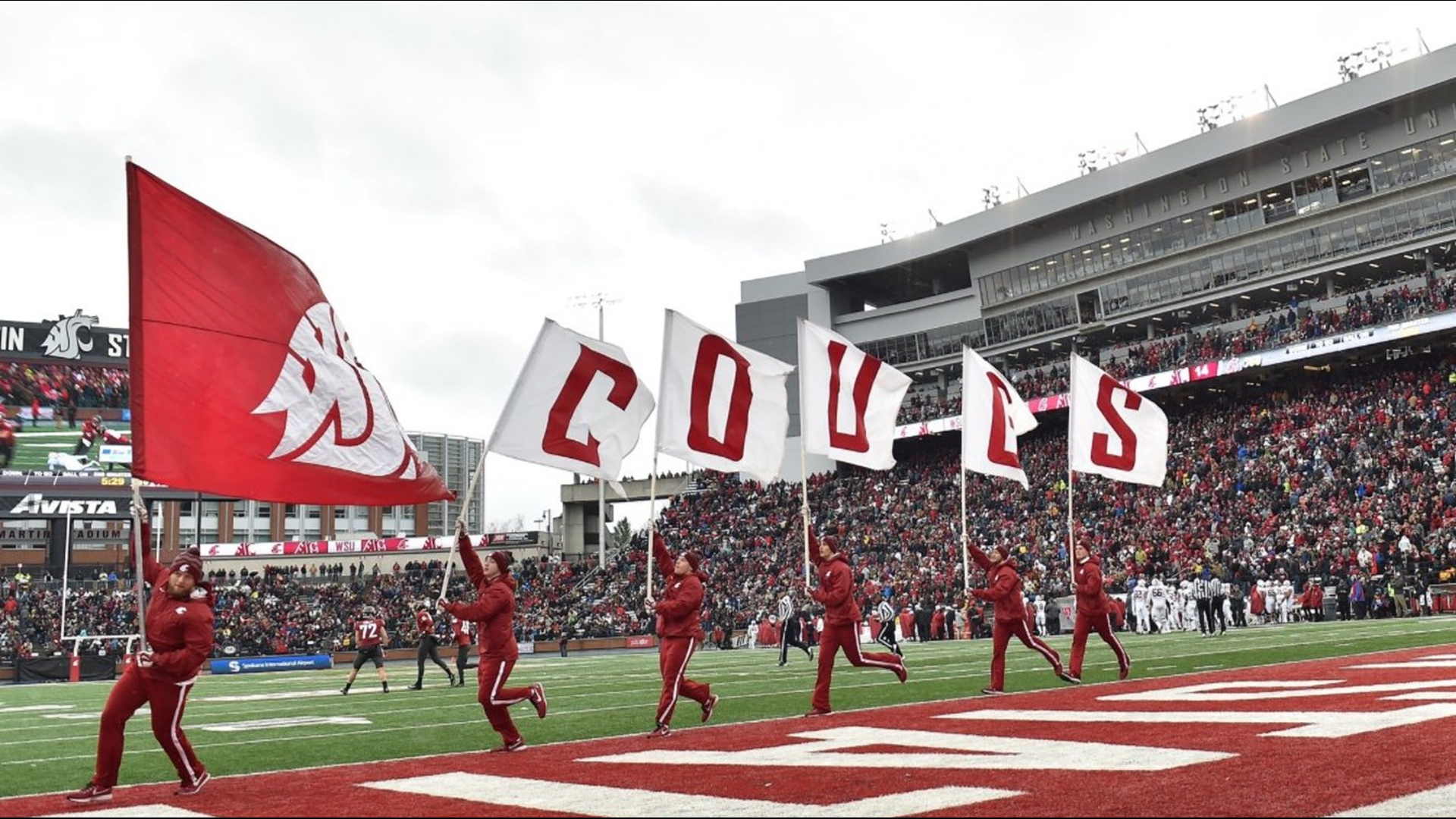SPOKANE, Wash. — The NCAA announced Friday that all fall sports athlete, regardless of whether or not they play this fall, will be granted an extra year of eligibility.
This is, of course, the right decision, but as almost all things with NCAA, it’s more complicated than what meets the eye.
DELVING DEEPER
First of all, this is different than what the NCAA came out with in the spring with spring sports athlete’s eligibility. Only seniors were granted an extra year of eligibility then. Friday's announcement grants everyone an extra year. This announcement also grants an extra year of eligibility to fall athletes even if they get to play in the spring.
The thing that is similar between this ruling and the NCAA’s spring ruling? It’s up to institutions to decide how they want to fund an athlete’s extra year. It’s entirely possible for a college to say you can come back and play, but we don’t have scholarship money for you, so you’ll have to pay your way.
Oh, and another thing that’s similar is there won’t be a cap on roster numbers. If athletes choose to take the extra year we could potentially have bloated rosters for years and years to come depending on how schools handle this.
RECRUITING CONUNDRUMS
One of the more interesting impacts will be on recruiting. You could just straight up see a decline in recruiting over the next few years as programs expect players to use their extra year of eligibility.
It creates an interesting conundrum: do you keep veterans around for an extra year or look to maintain the same cycle and bring in fresh bodies? Each option has it’s issues, especially in a sport like football where normally the older you get, the more susceptible you are to injuries, but of course the older you are, normally the more talented as well.
The most immediate question is how will rosters look next fall. Coaches have, of course, already been recruiting the class of 2021. It would be an extremely bad look to pull verbal offers to make room for the kids getting an extra year of eligibility.
Let’s take WSU’s football team for example: If you count Skyler Thomas and Tay Martin, who are in the transfer portal but have not left the team yet, you have 14 seniors right now on scholarship. WSU already has 16 verbal commits in the class of 2021. The vast majority of those 14 seniors can’t afford to pay for an extra year of education, so what do you do?
LOCAL IMPACTS
That leads me to how this will impact our local schools.
Gonzaga seems the most equipped to handle this situation considering they have lots of donors who would probably help out with scholarship money and no football. They don’t have updated 2020 rosters on their website but last year's fall sports teams had 22 seniors in total, so we can use that as a base. That seems probably doable, especially since some seniors in Olympic sports will most likely opt out to start life outside of college. Gonzaga not having football is also an advantage here because football’s rosters are so huge and players will want to come back for another shot at the NFL. The sport also sees a lot of early commitments. Gonzaga could probably pull back on their fall sports recruiting and make it work.
Washington State, as I already mentioned, is another story. They have 29 seniors right now on their 2020 fall sports rosters, with 16 scholarships in the class of 2021 already verbally agreed to in football alone. This will be a stretch for them as an athletic department, although they may be able to use money from the loan the Pac-12 is applying for to help with scholarships. However, this is still an athletic department that has been operating in the red for quite some time. This will most likely be tough.
Finally at schools like Eastern and Idaho, I don’t see this going super well for at least this year’s class of seniors. These schools just don’t have the money or the donors to help support an extra year for athletes. Like I said, in the future it might be different, but with recruiting already in full swing for next year's class, there doesn’t seem to be a lot of room for this year’s seniors.

